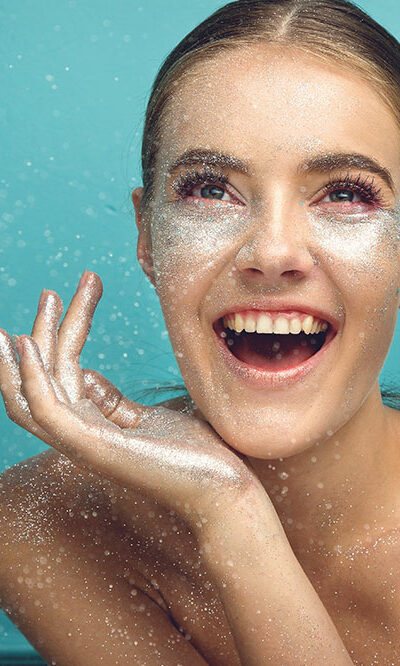
12 Things a Medicare Health Plan Covers
Medicare is a government health insurance program that covers people over 65, some younger people with disabilities, and those with end-stage renal disease. It has four parts – Part A, which covers hospital insurance, nursing facilities, hospice, and in-home care; Part B, which covers doctor’s visits, outpatient care, medical equipment, home healthcare, and preventive screenings; Part C, which offers Medicare-approved plans by private companies, and Part D, which covers the cost of prescriptions. Due to the complex nature of federal policies, there are several things that we tend to skip. Learning about them can help you make better and more efficient policy use. So, here are the 12 things that fall under a Medicare coverage: Welcome to Medicare preventive visit Enrolling for Medicare makes you eligible for a ‘Welcome to Medicare’ preventive visit. Although essential, this service is often overlooked by many people. It is meant to allow you to meet with your primary care physician for an overall check-up, establish a baseline for your health, and create a health and wellness plan for the upcoming year. Here, you can discuss your medical history, examine your need for treatment, and formulate a plan for a healthier future. Yearly wellness visits In addition to a welcome visit, you also get annual wellness visits which are the opportunity to have a scheduled check-up and to talk to your healthcare provider about your yearly care plan. This is certainly not the only time you can visit the doctor. It is a special appointment addressing your overall health and concerns. Counseling to battle lifestyle changes If you’re trying to make lifestyle changes that severely impact your health, you can avail of behavioral counseling services under Medicare Part B. For some people, Medicare may also cover yearly lung cancer screenings to keep track of their health, detect abnormalities early, and curate a more effective treatment plan.










